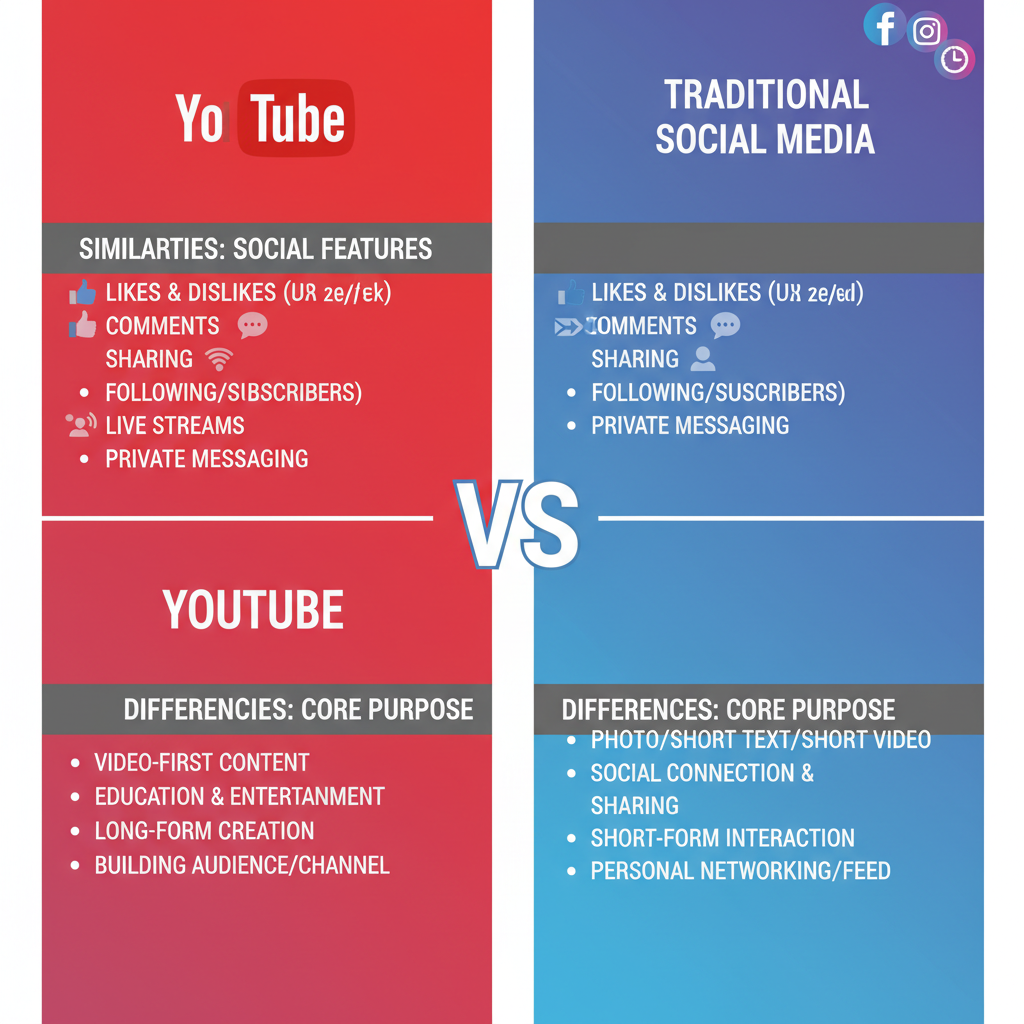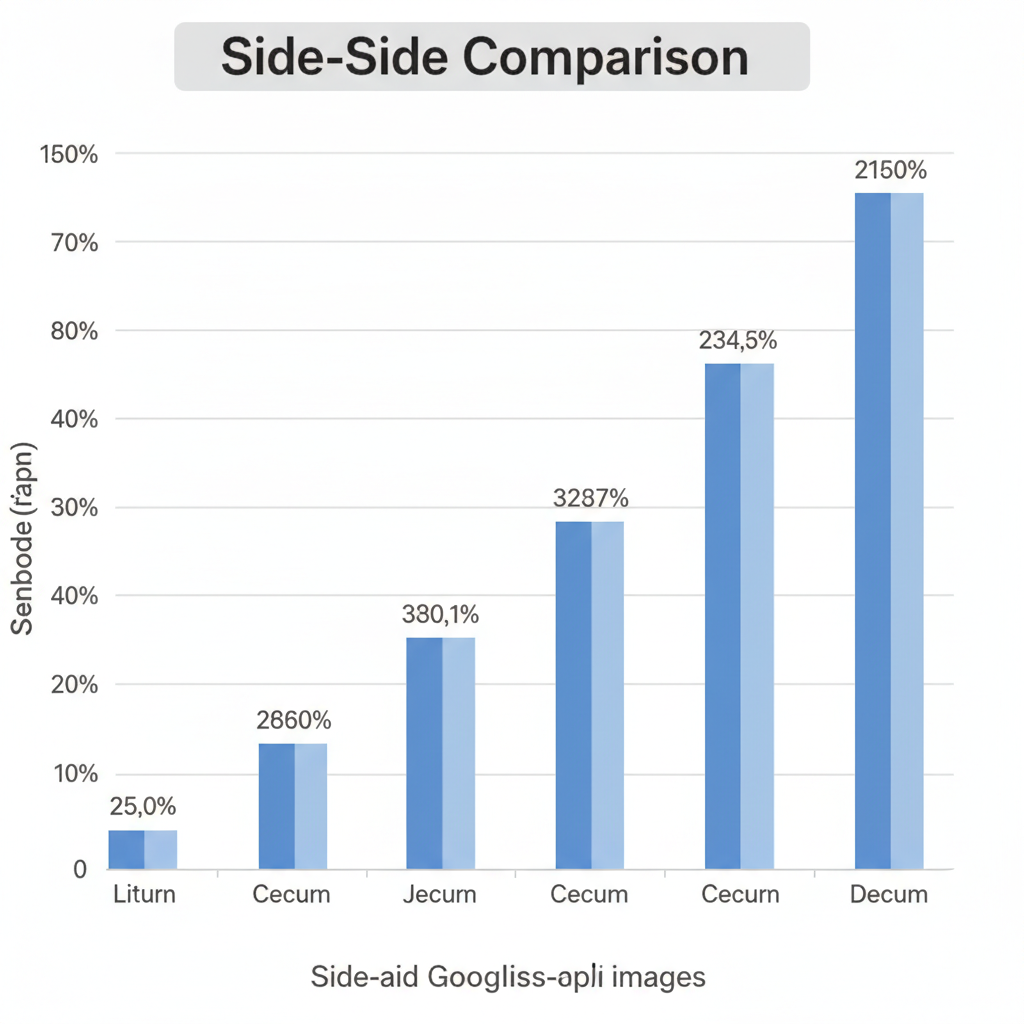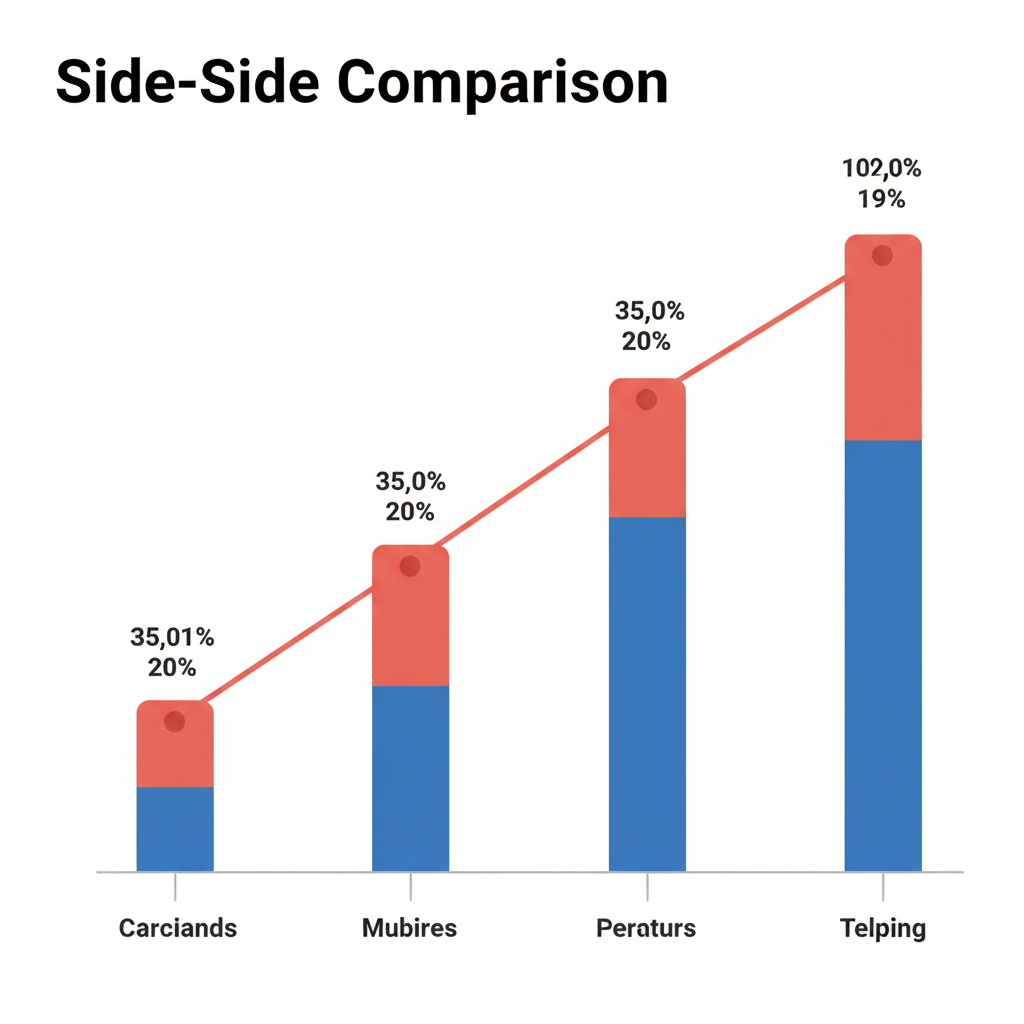Is YouTube a Social Media Site or Just Video Sharing?
Explore whether YouTube is truly a social media platform by comparing its features, engagement tools, and community-building aspects to others.

Introduction: YouTube and the Social Media Question
When people think about social media, platforms like Facebook, Instagram, and TikTok often come to mind. But what about YouTube? Originally launched in 2005 as a site for uploading and sharing videos, YouTube quickly became the internet’s largest video library. Over time, however, it has incorporated features that go well beyond simple video sharing. So, is YouTube a social media site, or just a video-sharing platform?
This guide explores the definitions, functions, and evolving nature of YouTube to answer that question. By comparing its features to typical social media characteristics, examining its social networking tools, and identifying why this distinction matters for users, creators, and marketers, you’ll gain a deeper understanding of how YouTube fits into today’s digital landscape.

---
What Is Social Media? Key Features & Criteria
Before determining where YouTube belongs, we need to clearly define social media.
Social media generally refers to online platforms that:
- Enable users to create and share content
- Promote interaction and communication between users
- Allow for community formation around shared interests
- Support user profiles with identifiable presences
- Provide dynamic, often algorithm-driven, content feeds
These criteria create interactive ecosystems where content isn’t just consumed — it’s discussed, reshaped, and recirculated.
---
YouTube’s Primary Functions and History
YouTube was founded in February 2005 and purchased by Google in late 2006. Its mission statement has always centered on enabling people to "broadcast themselves."
Primary purpose at launch:
- Upload and share videos with the world
Over the years, new capabilities emerged:
- Channels with subscribers
- Comment and discussion systems
- Like/dislike voting
- Recommendation feeds
- Live streaming
- Monetization opportunities
Today, YouTube is not only a place to watch videos but also an environment where communities develop, conversations happen, and long-term creator-audience relationships flourish.
---
YouTube vs. Social Media: Feature Comparison
To determine whether YouTube fits under the "social media" label, let’s compare its features to core social media traits.

| Social Media Feature | Presence on YouTube | How It Works |
|---|---|---|
| Content Creation | Yes | Creators upload videos, Shorts, and live streams |
| User Interaction | Yes | Comments, likes/dislikes, community posts |
| Community Building | Yes | Subscription system, memberships, live chats |
| Algorithm-Driven Feed | Yes | Home feed, suggested videos, personalized recommendations |
| Profile/Identity | Yes | Channels serve as profile hubs with bio, playlists, branding |
| Direct Messaging | Partial | Historically available; currently limited, replaced by comments and collabs |
Clearly, YouTube aligns with the functional DNA of a social network.
---
Algorithms, Subscriptions, and Comments: The Social Glue
One of the strongest arguments for calling YouTube a social media platform lies in its algorithm and engagement mechanisms.
- Algorithms: YouTube’s recommendation system curates personalized feeds much like Facebook’s News Feed or TikTok’s “For You” page.
- Subscriptions: Similar to “following” someone on Instagram or Twitter, subscriptions let you see a creator’s content consistently.
- Comments & Interaction: Viewers reply to each other, mention other users, and carry on multi-threaded discussions beneath videos.
These systems keep users engaged not just with content but with other community members.
---
YouTube as a Hybrid Platform
It’s accurate to label YouTube a hybrid — part traditional video repository and part fully-fledged social network. Unlike early social platforms where text and images dominated, YouTube’s social ecosystem revolves around video as the central medium of interaction.
Creators might publish a video essay and invite followers to debate the topic in the comments or via community polls. YouTube blurs the lines: its core content unit is video, but its architecture is inherently social.
---
Why YouTube’s Social Features Matter
For creators:
- Build loyal audiences who engage over time
- Monetize through ads, memberships, and Super Chats
- Receive direct feedback for improving content
For viewers:
- Develop personal connections to creators
- Participate in niche communities around interests
- Influence content directions via feedback and polls
For brands and marketers:
- Foster interactive campaigns
- Encourage shareable content
- Track engagement metrics for campaigns
---
How YouTube Differs From Facebook, Instagram, and TikTok
Even though YouTube shares much with other platforms, it operates differently.
| Platform | Primary Medium | Content Lifespan | Discovery Style |
|---|---|---|---|
| YouTube | Video (short & long form) | Long — videos can rank for years | Search + Suggested algorithms |
| Mixed media (text, image, video) | Short — posts fade quickly | News Feed algorithm | |
| Images, short videos | Medium — reels & stories have timed visibility | Feed + Explore tab | |
| TikTok | Short-form video | Short — quick trend cycles | “For You” feed |
As the table shows, YouTube is distinct for its video longevity and search-friendly architecture, giving it a unique position in the social media landscape.
---
The Evolution Toward a More Social YouTube
YouTube’s shift from pure hosting service to social hub is ongoing. Notable social-forward features include:
- Community Tab: Allows posts with images, polls, and text updates outside of video content.
- YouTube Stories: Short-lived, casual video updates similar to Instagram Stories.
- Live Streaming: Real-time engagement through comments, Q&A, and Super Chat tipping.
These updates show that YouTube is intentionally integrating mainstream social media patterns.

---
Marketing, Branding, and Influencer Culture
In the modern digital ecosystem, YouTube functions as both a creative platform and a social marketing engine.
- Influencers: Many creators establish strong personal brands, attracting sponsorships.
- Brand Channels: Companies use YouTube as a central hub for video content marketing.
- Cross-Platform Integration: YouTube content is reshared on other social platforms, creating interconnected brand narratives.
The comment section becomes a real-time feedback loop for both influencers and brands, making YouTube as interactive as any other social site.
---
Conclusion: Is YouTube a Social Media Site?
So, is YouTube a social media site? By almost all modern definitions, yes. It’s a space where:
- Users create and share content
- People interact, form communities, and communicate
- Algorithms personalize user experiences
- Engagement drives visibility
While its DNA is rooted in video sharing, the addition of community features, interaction tools, and algorithmic personalization cement YouTube’s position in the social media family.
Why it matters: Understanding YouTube’s dual identity helps creators and marketers leverage its potential more effectively. Treating it as only a video repository risks missing out on dynamic social opportunities.
---
Summary: YouTube is far more than a video-sharing site — it’s a powerful social media platform with deep community features, robust engagement tools, and an algorithm designed to connect people through content. Whether you’re a creator, viewer, or brand, embracing YouTube’s social capabilities is key to maximizing influence in the digital world. Start engaging today and build your community on YouTube.




